- Home
- Brand Concept

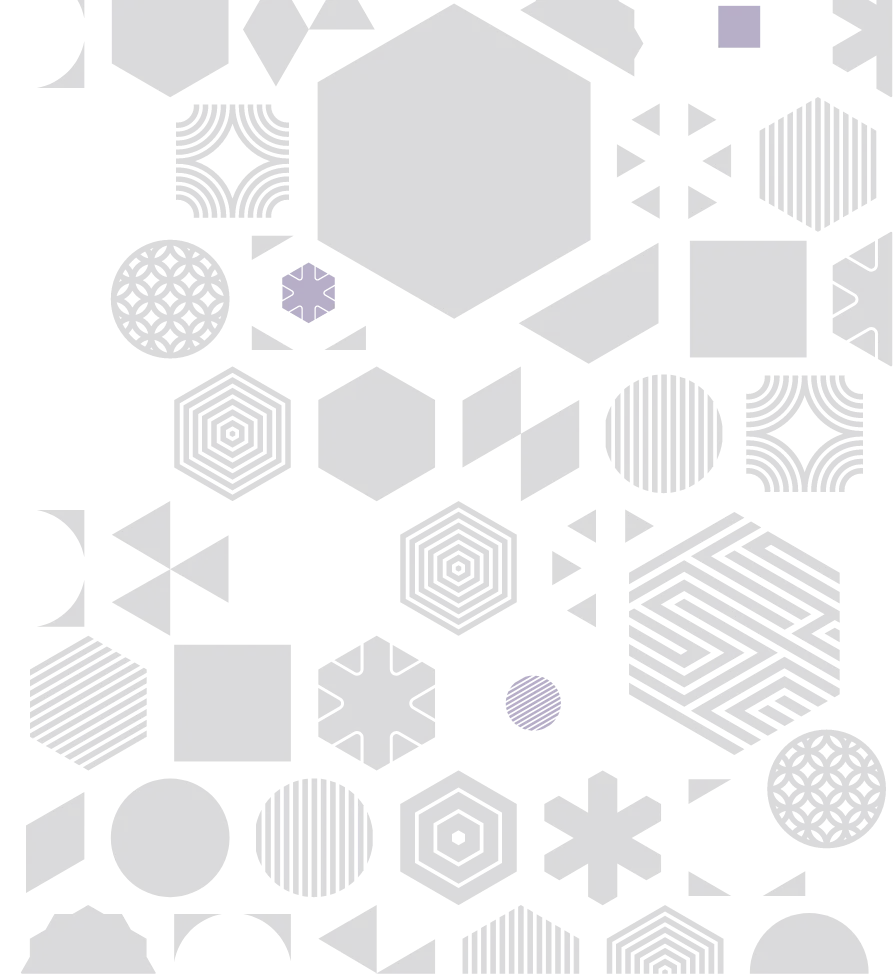






Serendipity and Japanity
Serendipity and Japanity
Our mission is to take pride in researching the unique cultures
that exist only in certain regions,
transfer them into valuable new forms through local industries,
and, based on the spirit of Serendipity,
convert and reintegrate them as regional resources.
Additionally, in small-town factories—such as the ironworks
that exist in manufacturing hubs across Japan—we embrace the philosophy:
“Do what anyone can do, but take it to a level that no one else can reach.
By thoroughly mastering the ordinary, one can achieve the extraordinary.”
With this determination, industrial workers themselves engage in design and branding,
developing and manufacturing products with a deep awareness of Japanity.
Japanity refers to “the ability to pursue what everyone is doing
and discover the inevitable within it.”
This term was originally coined by foreign scholars
in a somewhat mocking manner to describe Japanese researchers.
In contrast, its antonym, Serendipity, refers to
“the ability to find something valuable while searching for something else.”



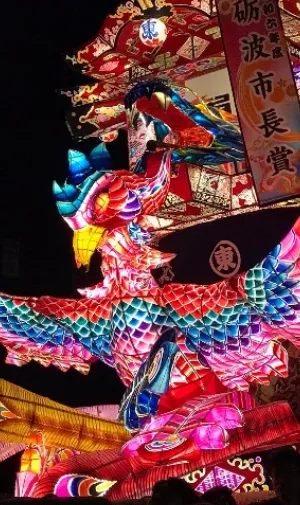


Background
In the Yotaka Festival, which has been passed down
in the Tonami region of Toyama Prefecture,
the main feature of the festival—the grand lanterns—
is independently crafted by local residents on a neighborhood basis.
The techniques and know-how involved in their creation
have been meticulously handed down for over 300 years.
The festival includes competitions where different neighborhoods
showcase their lanterns, evaluating their craftsmanship,
color schemes, and design aesthetics.
This process has fostered unique craftsmanship,
distinctive color sensibilities, and refined artistic instincts
among the local residents over many generations.
As a result, many people in this region develop an appreciation
for craftsmanship and a deep understanding
of Japanese patterns and culture from an early age.
Through interactions with people from outside the prefecture,
I realized that this unique sensibility is exceptionally rare
not only in Japan but also globally.
A festival is a cultural activity rooted in a region’s unique climate and customs.
These traditions have been carefully preserved
because they are inherently irreplaceable and cannot be easily imitated.
Based on this premise, I believe that by combining
such irreplicable cultural elements with modern production techniques,
it is possible to create products with unparalleled uniqueness.
Furthermore, as mentioned above,
the people involved in this festival possess rare and distinctive qualities.
By actively utilizing their one-of-a-kind sensibilities
and leveraging their unique ideas and design strengths,
we can develop products that contribute to town revitalization
and the creation of new regional resources.
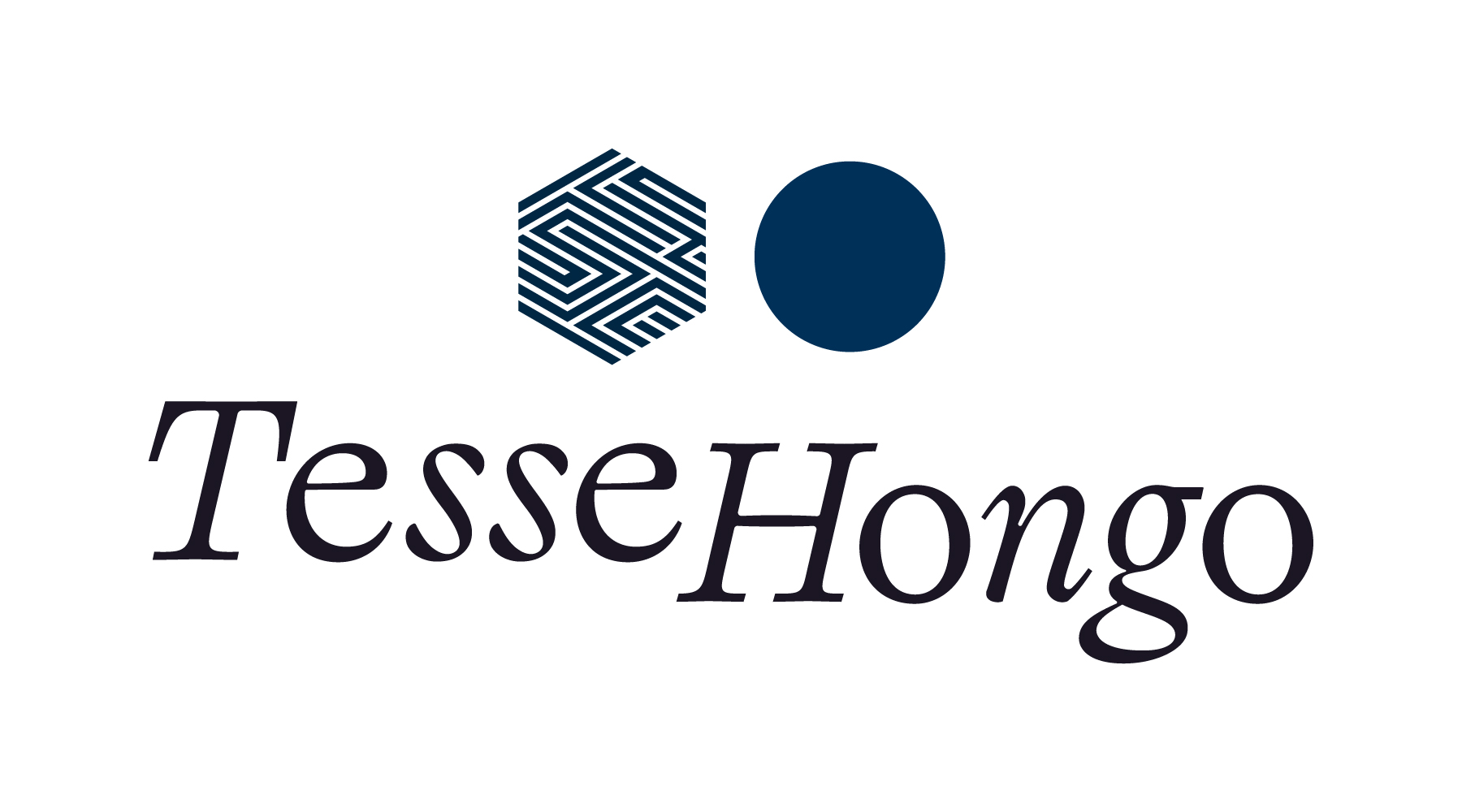
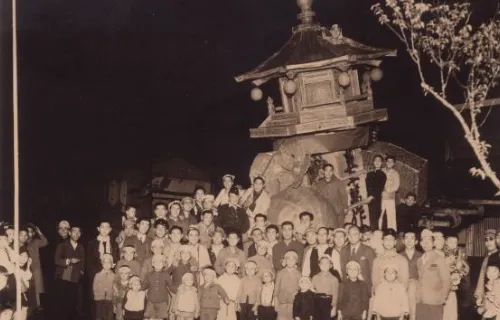


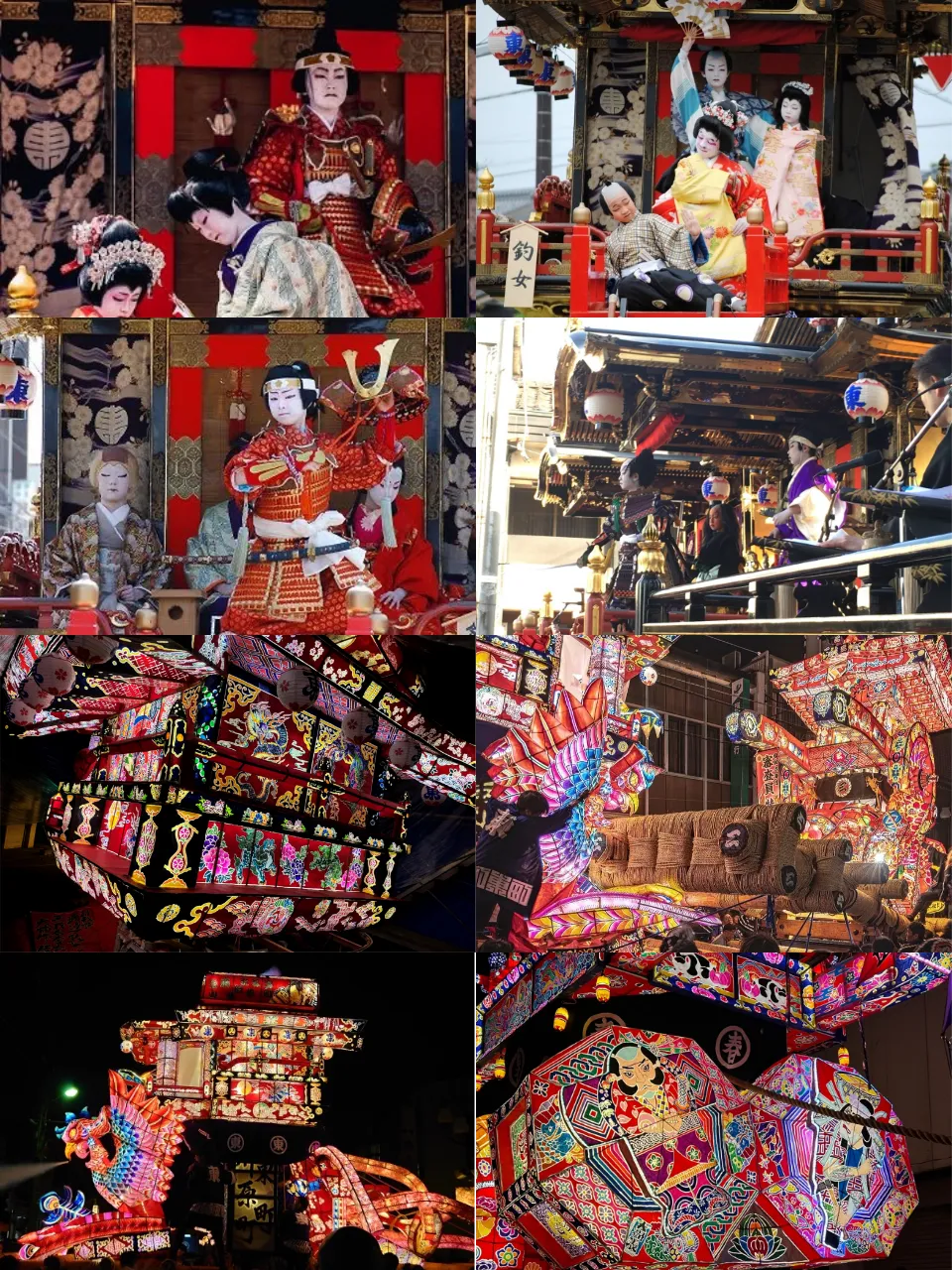









Serendipity from the Region – New Designs Inspired by Traditional Patterns –
Some of TesseHongo’s products are designed and engineered with a focus on the beauty of traditional Japanese patterns, such as the Asanoha (hemp leaf) and Shippo (seven treasures) motifs.
These designs are inspired by the unique cultural traditions of the Yotaka Festival, which has been passed down in the Tonami region of Toyama Prefecture. For over 300 years, the composition and arrangement of patterns used to decorate Yotaka lanterns and festival floats have shaped the region’s distinctive sense of color and form. By incorporating this deep-rooted aesthetic awareness into our products, TesseHongo creates one-of-a-kind design ideas that cannot be imitated by other regions, companies, or even those overseas.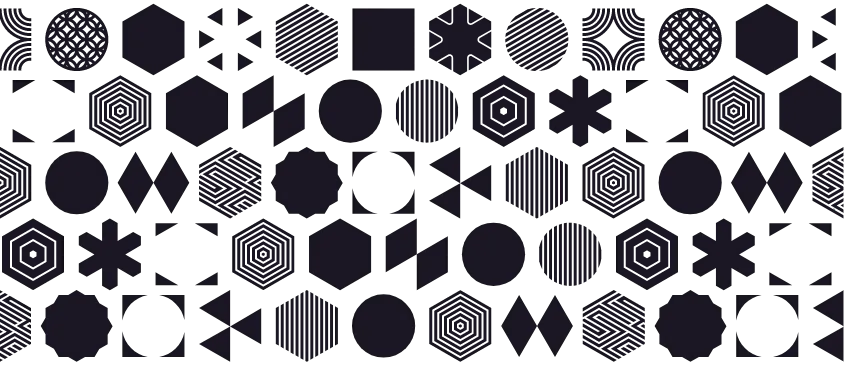




Industrial Craftsmanship Transformed through Japanity – Processing Techniques Inspired by Kumiko Woodwork –
The three-dimensional representation of traditional Japanese patterns has long been expressed through kumiko woodwork, a traditional Japanese craft.
At TesseHongo, we have taken on the challenge of recreating kumiko patterns in three-dimensional iron structures—a groundbreaking innovation for which we have obtained a patent. By transforming kumiko into iron, we have introduced a level of durability, fire resistance, load-bearing capacity, and earthquake resistance that traditional wooden kumiko, primarily used for decorative purposes, could not offer. This advancement allows for applications in furniture, railings, interior and exterior design, and construction materials, where both aesthetics and structural strength are required. Additionally, our iron kumiko can be utilized in large-scale products such as art installations, retaining walls, and other structures where both decoration and strength are essential, expanding its potential for everyday and architectural applications.















The Strength of the Local People
In the Yotaka Festival of the Tonami region in Toyama Prefecture, local residents independently craft the festival floats and lanterns within their respective neighborhoods. This craftsmanship has been meticulously passed down from generation to generation for over 300 years.
The festival includes competitions where different neighborhoods showcase their technical skills and design aesthetics, which are evaluated and awarded. As a result, the region has fostered a deep-rooted culture of craftsmanship, a unique sense of color, and distinctive artistic sensibilities that have been refined over many generations. TesseHongo has recognized that many people in this region develop a natural appreciation for craftsmanship, Japanese patterns, and traditional aesthetics from an early age. By actively utilizing their sensibilities, we aim to harness their original ideas and design strengths to contribute to town development and the creation of new regional resources through product innovation.What is the Yotaka Festival?
The Yotaka Festival is a traditional festival passed down primarily in the Tonami region of Toyama Prefecture. It involves illuminating large Yotaka lanterns made of washi paper and bamboo while performing rituals and celebrations related to rice farming. The festival’s origins trace back to Fukuno in Nanto City, where, upon the establishment of the town, the people welcomed a sacred deity from Ise Shrine while holding lanterns. Today, the Fukuno Yotaka Festival is still held as a spring ritual. However, in the Tonami and Nanto regions, early June marks the end of rice planting season, a time traditionally known as “Yasungoto” (a period of rest after planting). Various Yotaka festivals, such as the Tonami Yotaka Festival, the Tsuzawa Yotaka Andon Festival in Oyabe City, and the Shogawa Tourism Festival (Shogawa Yotaka Lanterns), are held around this time. Unlike Fukuno’s Shinto ritual, these festivals focus on praying for an abundant harvest and prosperous farming and are believed to have originated from Fukuno. At the heart of the festival are the Yotaka lanterns, which are handcrafted by local residents and take three to four months to complete. These towering 6-meter-tall lanterns, primarily in bold red colors, are made using bamboo, washi paper, and dyes. The dedication and effort poured into their creation reflect the deep passion and commitment of the festival participants. Structure of the Yotaka Lanterns The lanterns are mounted on a sled-like wooden base called “Zuriki”, equipped with two small square wheels. On top of the base, two thick wooden beams are arranged in a lattice structure to form the platform for carrying the lantern. At the core of the lantern, a “Shingi” (central wooden pillar) is placed, supporting the “Dengaku”, a rectangular lantern inscribed with phrases such as “祝田祭” (Celebrating the Rice Festival) or the town’s name (e.g., “Shintomicho” or “Taro Maru Kamimura”). The front and rear sections feature hanging lanterns (“Tsurimono”), while a decorative umbrella-like structure (“Kasa-hoko”) covered in mizuhiki curtains is placed above them. At the very top sits the “Dashi” (festival float lantern), which takes the form of gosho-guruma (imperial carts), portable shrines, or boats. These components are carefully crafted over months, using wooden and bamboo frames reinforced with wire, and then decorated with vibrantly colored washi paper. The final step involves coating the paper with wax to enhance its durability. At night, when the lanterns are illuminated from within, the three-dimensional decorations of the Dashi and Tsurimono vividly come to life, creating a breathtaking spectacle of glowing artistry.What is the Yotaka Festival?
The Yotaka Festival is a traditional festival passed down primarily in the Tonami region of Toyama Prefecture. It involves illuminating large Yotaka lanterns made of washi paper and bamboo while performing rituals and celebrations related to rice farming.
The festival’s origins trace back to Fukuno in Nanto City, where, upon the establishment of the town, the people welcomed a sacred deity from Ise Shrine while holding lanterns. Today, the Fukuno Yotaka Festival is still held as a spring ritual.
However, in the Tonami and Nanto regions, early June marks the end of rice planting season, a time traditionally known as “Yasungoto” (a period of rest after planting). Various Yotaka festivals, such as the Tonami Yotaka Festival, the Tsuzawa Yotaka Andon Festival in Oyabe City, and the Shogawa Tourism Festival (Shogawa Yotaka Lanterns), are held around this time. Unlike Fukuno’s Shinto ritual, these festivals focus on praying for an abundant harvest and prosperous farming and are believed to have originated from Fukuno.
At the heart of the festival are the Yotaka lanterns, which are handcrafted by local residents and take three to four months to complete. These towering 6-meter-tall lanterns, primarily in bold red colors, are made using bamboo, washi paper, and dyes. The dedication and effort poured into their creation reflect the deep passion and commitment of the festival participants.
Structure of the Yotaka Lanterns
The lanterns are mounted on a sled-like wooden base called “Zuriki”, equipped with two small square wheels. On top of the base, two thick wooden beams are arranged in a lattice structure to form the platform for carrying the lantern.
At the core of the lantern, a “Shingi” (central wooden pillar) is placed, supporting the “Dengaku”, a rectangular lantern inscribed with phrases such as “祝田祭” (Celebrating the Rice Festival) or the town’s name (e.g., “Shintomicho” or “Taro Maru Kamimura”). The front and rear sections feature hanging lanterns (“Tsurimono”), while a decorative umbrella-like structure (“Kasa-hoko”) covered in mizuhiki curtains is placed above them.
At the very top sits the “Dashi” (festival float lantern), which takes the form of gosho-guruma (imperial carts), portable shrines, or boats. These components are carefully crafted over months, using wooden and bamboo frames reinforced with wire, and then decorated with vibrantly colored washi paper. The final step involves coating the paper with wax to enhance its durability.
At night, when the lanterns are illuminated from within, the three-dimensional decorations of the Dashi and Tsurimono vividly come to life, creating a breathtaking spectacle of glowing artistry.

